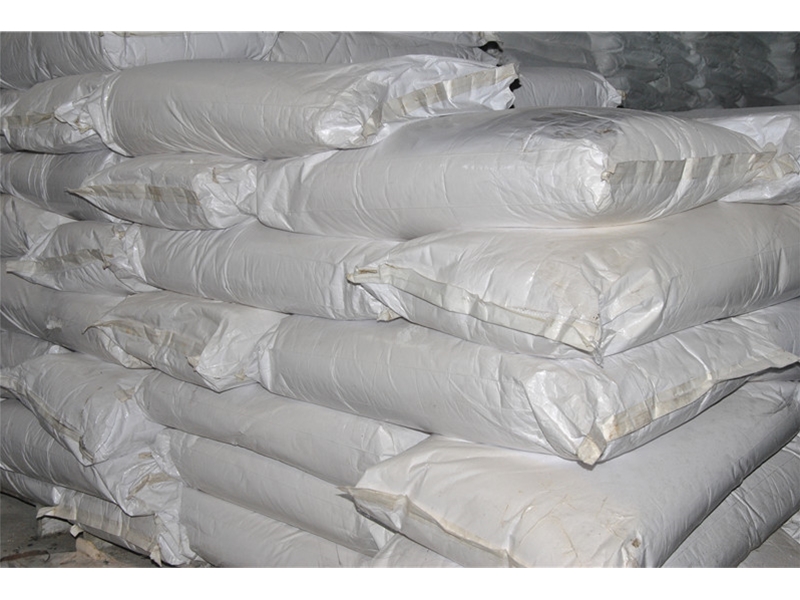Hydroxyethylcellulose (HEC)
1�、 Hydroxyethylcellulose (HEC)
Structural type:
2、 Technical requirements:
Quality standard: Q/SJM006-2010

character:
It is soluble in cold water and hot water. Generally, it is insoluble in most organic solvents. The viscosity changes slightly when the PH value is within the range of 2-12, but the viscosity decreases when the PH value exceeds this range.
Important nature:
As a non-ionic surfactant, hydroxyethyl cellulose has the following properties besides thickening, suspension, adhesion, floatation, film forming, dispersion, water retention and providing protective colloid:
1. HEC is soluble in hot or cold water, and does not precipitate at high temperature or boiling, so it has a wide range of solubility and viscosity characteristics, and non thermal gel;
2. The non-ionic type can coexist with other water-soluble polymers, surfactants and salts in a wide range, and is an excellent colloid thickener containing high concentration electrolyte solution;
3. Its water holding capacity is twice as high as that of methyl cellulose, and it has good flow regulation,
4. Compared with the commonly recognized methyl cellulose and hydroxypropyl methyl cellulose, HEC has the worst dispersion ability, but the strongest colloidal protection ability.
Usage of hydroxyethyl cellulose:
1、 Add directly during production
1. Add purified water into the large barrel equipped with high shear mixer.
2. Start to stir constantly at low speed and slowly sieve hydroxyethyl cellulose into the solution.
3. Continue to stir until all particles are soaked.
4. Then add lightning protection agents, alkaline additives, such as pigments, dispersants, and ammonia.
5. Stir until all hydroxyethyl cellulose is completely dissolved (solution viscosity increases significantly), then add other components in the formula, grind until Until the product is tested.
2、 Prepare mother liquor for use
This method is to prepare mother liquor with high concentration first, and then add it into latex paint. The advantage of this method is that it has greater flexibility and can be directly added to the finished paint, but it should be properly stored. The steps are similar to those in Part 1-4 of Method 1, except that it is not necessary to mix high until it is completely dissolved into a viscous solution.
3、 Used to prepare porridge like phenology
Since organic solvents are bad solvents for hydroxyethyl cellulose, these organic solvents can be used to prepare porridge. The most commonly used organic solvent is the organic liquid in the paint formulation, such as ethylene glycol, propylene glycol and film forming agent (such as ethylene glycol or diethylene glycol butyl acetate). Ice water is also a bad solvent, so ice water is often used with organic liquids to prepare porridge. The hydroxyethyl cellulose of the congee can be directly added to the paint. In the congee, the hydroxyethyl cellulose has been bubbled. When added to the paint, it will dissolve immediately and play a thickening role. After addition, continue to stir until the hydroxyethyl cellulose is completely dissolved and uniform. Generally, the congee is made by mixing six parts of organic solvent or ice water with one part of hydroxyethyl cellulose. After about 6-30 minutes, hydroxyethyl cellulose will be hydrolyzed and obviously expanded. In summer, the water temperature is too high to use porridge.
matters needing attention:
Since the surface treated hydroxyethyl cellulose is a powder or cellulose solid, it is easy to operate and make it soluble in dissolved water as long as the following matters are noted.
1. Before and after adding hydroxyethyl cellulose, it must be stirred continuously until the solution is completely transparent and clear.
2. It must be slowly sieved into the mixing drum. Do not add large quantities of hydroxyethyl cellulose or hydroxyethyl cellulose that has formed blocks and balls directly into the mixing drum.
3. Water temperature and PH value in water have obvious relationship with the dissolution of hydroxyethyl cellulose, so special attention shall be paid.
4. Never add some alkaline substances into the mixture before the hydroxyethyl cellulose powder is soaked in water. Increasing the PH value after warm penetration is helpful for dissolution.
5. Add mildew inhibitor as early as possible.
6. When using high viscosity hydroxyethyl cellulose, the concentration of mother liquor shall not be higher than 2 5-3%, otherwise the mother liquor is difficult to operate. Hydroxyethyl cellulose after post-treatment is generally not easy to form block or ball shape, nor will it form insoluble spherical colloid after adding water.
packing:
Paper bag lined with polyethylene bag, 25kg/bag, pay attention to moisture-proof.
purpose:
It is generally used as thickening agent, protective agent, adhesive, stabilizer, and additive for preparing emulsions, jellies, ointments, lotions, eye cleaning agents, suppositories and tablets, as well as hydrophilic gel, skeleton materials, preparation of skeleton sustained release preparations, and as stabilizer in food




